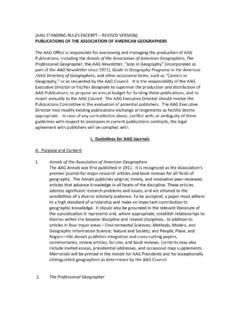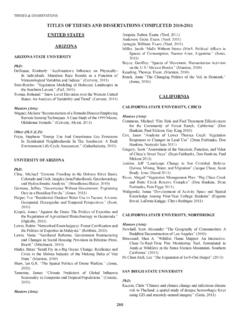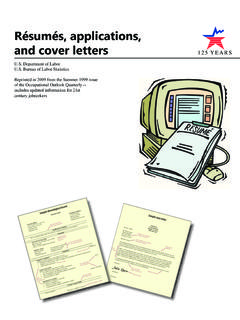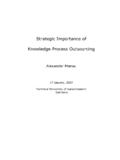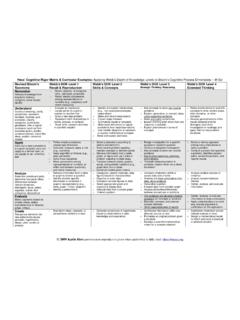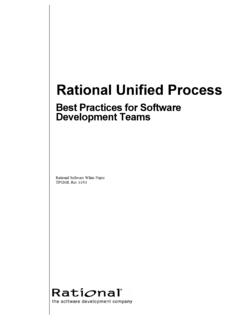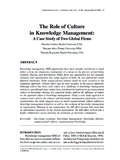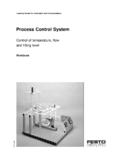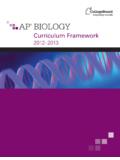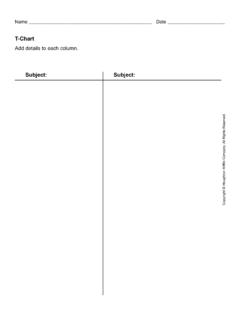Transcription of GIS&T Body of Knowledge - Home | AAG
1 8/17/06 9:26 AM Page 1. G I S & T B o dy o f K n ow l e d g e Edited by David DiBiase, Michael DeMers, Ann Johnson, Karen Kemp, Ann Taylor Luck, Brandon Plewe, and Elizabeth Wentz Edited by DiBiase, DeMers, Johnson, Kemp, Luck, Plewe, and Wentz AAG. The Geographic Information Science and Technology body of Knowledge may be ordered online from the AAG. at or by mailing or faxing this form to: AAG Publications, 1710 Sixteenth St., Washington, DC 20009; Fax: 202-234-2744. UCGIS. Name_____. Address_____. Check enclosed Credit card payment (MC/Visa). #_____ Exp. _____.
2 Signature _____. ISBN-10: 0-89291-267-7. _____ Copies at $20 each $_____. Plus shipping $ AAG. Total $_____. 8/7/06 2:40 PM Page i Geographic Information Science and Technology body of Knowledge First Edition 8/7/06 2:40 PM Page ii 8/9/06 11:27 AM Page iii Geographic Information Science and Technology body of Knowledge First Edition Edited by David DiBiase, Michael DeMers, Ann Johnson, Karen Kemp, Ann Taylor Luck, Brandon Plewe, and Elizabeth Wentz with contributions by The Model Curricula Task Force and body of Knowledge Advisory Board An Initiative of the University Consortium for Geographic Information Science Published by the Association of American Geographers Washington, DC.
3 8/9/06 11:27 AM Page iv Published in 2006 by Association of American Geographers 1710 Sixteenth Street, NW. Washington, 20009. Copyright 2006 by the Association of American Geographers (AAG). and the University Consortium for Geographic Information Science (UCGIS). 10 9 8 7 6 5 4 3 2 1. All rights reserved. No part of this book may be printed or utilized in any form or by any electronic, mechanical or other means, now known or hereafter invented, including photocopying and recording, or any other information stor- age and retrieval system, without permission in writing from the publisher.
4 Cover design by Brandon Plewe ISBN-13: 978-0-89291-267-4. ISBN- 10: 0-89291-267-7. A Catalog record for this book is available from the Library of Congress. 8/7/06 2:40 PM Page v Table of Contents Foreword.. vii Douglas Richardson Introduction .. 1. David DiBiase I. What is Geographic Information Science and Technology?.. 5. The Domain of GIS&T.. 5. II. Why is a GIS&T body of Knowledge Needed?.. 9. Workforce needs .. 9. The GIS&T education infrastructure .. 15. Applications of the GIS&T body of Knowledge .. 23. III. How Does the body of Knowledge Relate to GIS&T Curriculum Planning Efforts?
5 27. Longstanding concern about GIS&T education .. 27. National-scale curriculum development efforts .. 28. IV. How Was the body of Knowledge Developed? .. 33. Model Curricula vision .. 33. Advancing the vision .. 36. V. GIS&T Knowledge Areas .. 39. Format of the GIS&T body of Knowledge .. 39. Knowledge Area: Analytical Methods (AM) .. 43. Knowledge Area: Conceptual Foundations (CF).. 58. Knowledge Area: Cartography and Visualization (CV) .. 69. Knowledge Area: Design Aspects (DA).. 80. GIS&T body of Knowledge v 8/7/06 2:40 PM Page vi Knowledge Area: Data Modeling (DM).
6 89. Knowledge Area: Data Manipulation (DN) .. 97. Knowledge Area: Geocomputation (GC).. 102. Knowledge Area: Geospatial Data (GD) .. 112. Knowledge Area: GIS&T and Society (GS).. 127. Knowledge Area: Organizational and Institutional Aspects (OI) .. 135. VI. Where is the UCGIS Model Curricula project headed? .. 145. Evolution of GIS&T .. 145. Evolution of the GIS&T education infrastructure .. 145. Future Model Curricula products and services .. 147. References .. 149. Acknowledgements .. 157. Editors (2004-06).. 157. Model Curricula Task Force (1998-2003).
7 157. body of Knowledge Advisory Board (2004-2006) .. 158. Index .. 159. vi GIS&T body of Knowledge 8/7/06 2:40 PM Page vii Foreword GIS&T: Transforming Science and Society Former National Science Foundation (NSF) Director Rita Colwell, in her article The New Landscape of Science: A Geographic Portal (Colwell, 2004), pointed out that geography and its revolutionary new technologies are well poised at this watershed juncture to help shape the new landscape of science.. This book marks an important step in that process. Geographic Information Science and Technologies (GIS&T) have today become critical components of the global cyberinfrastructure, both in the university and in society.
8 The integrative capabilities of these and related technologies have extended research frontiers across many fields, in areas ranging from biocomplexity to epidemiology to transportation engi- neering. Technologies such as geographic information systems (GIS) also have increasingly become the common ground for sharing data across disciplines, or the glue which connects large-scale interdisci- plinary research, including much that is funded by NSF and other federal agencies. The Geographic Information Science & Technology body of Knowledge will have application and impact far beyond geography.
9 To the extent that many multidisciplinary research and application projects now depend on the integrative and analytical power of new geographic technologies, many disciplines with- in the academy are also finding it essential to incorporate spatial concepts and perspectives into their curricula and educational programs (NRC, 1997). The technical expertise and theoretical insights which have been developed over the recent decades within the Geographic Information Science & Technology infrastructure constitutes a body of Knowledge increasingly necessary to advancing research agendas across the university campus in programs ranging from statistics to biology, from engineering to law, and from sociology to computer science.
10 As Harvard President Lawrence Summers noted on May 5, 2006. at the launch of Harvard's new Center for Geographic Analysis, By embracing the new geography, I. think Harvard is taking an important step today. This is an opportunity to explore vast intellectual territo- GIS&T body of Knowledge vii 8/7/06 2:40 PM Page viii ry intellectual territory that can now be approached with new perspectives, new tools, and in newly important ways (Richardson, 2006). The call for collaborative, cross-sectoral, and interdisciplinary research agendas encompasses a wide array of themes, such as dynamic modeling, change studies, environmental assessments and interven- tions, complexity studies, assessments of how technologies are impacting lives, evaluations of political processes, and many more.
